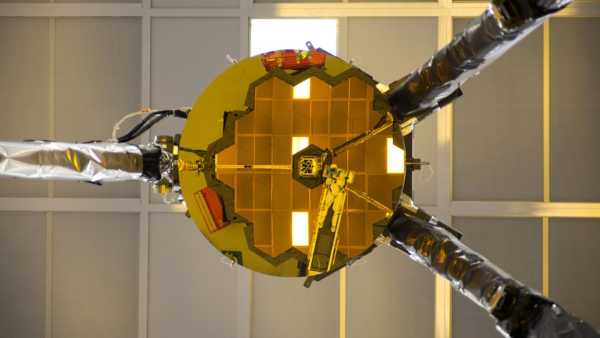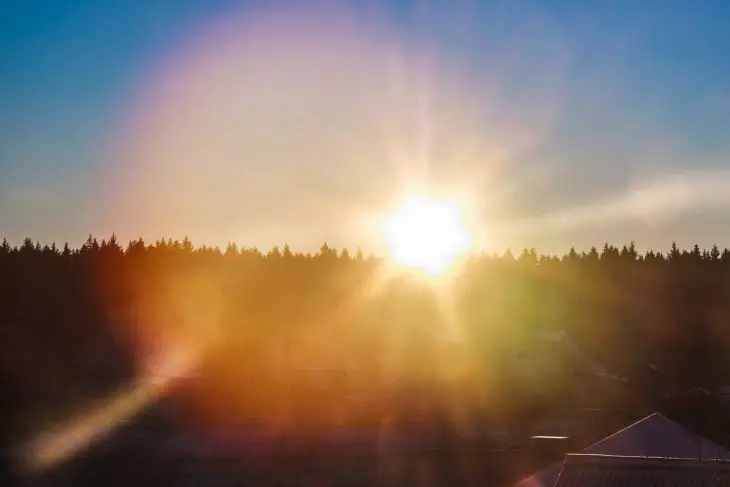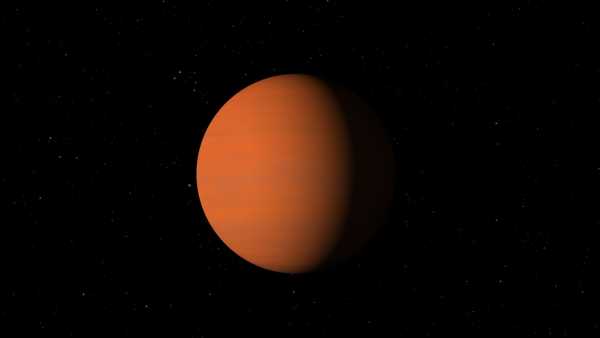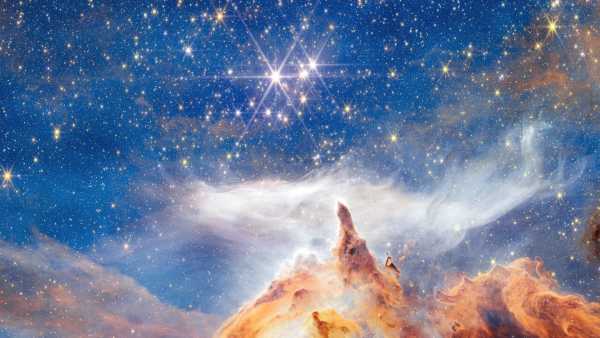
(Image courtesy of NASA, ESA, CSA and STScI, A. Pagan (STScI)) QUICK FACTS
What is it: Pismis 24, a young star cluster.
Location: 5,500 light years away, in the constellation Scorpio.
When published: September 4, 2025
A rocky mountain peak, a tower, maybe even a finger—in this new sky image from the James Webb Space Telescope (JWST), something seems to point to a cluster of bright stars high above, as if a stargazing session were underway somewhere deep in the Milky Way.
This is Pismis 24, a small open cluster of stars at the center of the Lobster Nebula in the constellation Scorpius. This vast region of interstellar gas and dust is one of the closest places to the solar system where our galaxy's most massive and extreme stars burn out quickly and die young.
The orange and brown rocky peaks are huge spires of gas and dust, the European Space Agency said in the image description. The tallest peak, at the center of the image, is 5.4 light-years from base to tip — the width of about 200 solar systems side by side, all the way out to the orbit of Neptune. The erosion inside these spires is caused by powerful stellar winds and ultraviolet radiation from massive newborn stars in the star cluster above. It's all part of a process: as the gas is eroded and compressed by the radiation from the young stars, new stars are being born inside the spires.
You may like
-
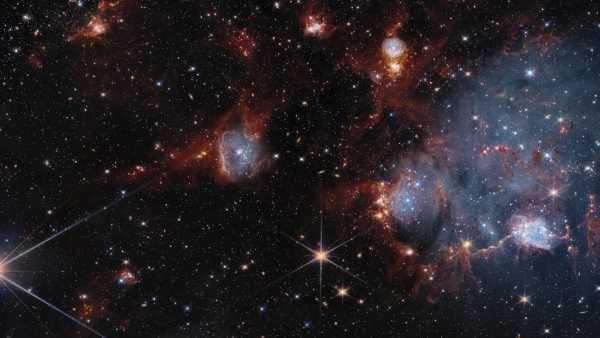
James Webb and Hubble Join Forces to Probe Cosmic Hotbed: Space Photo of the Week
-
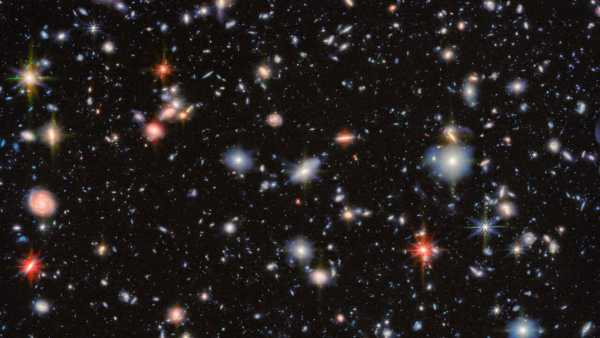
James Webb Telescope Takes One of the Deepest Images of the Universe — Space Photo of the Week
-
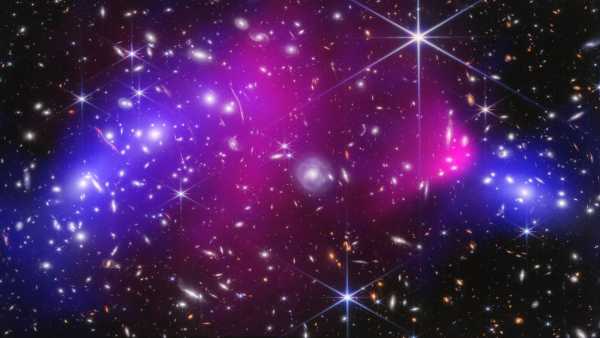
James Webb Discovers Mind-Blowing Galaxies in Bullet Cluster: Space Photo of the Week
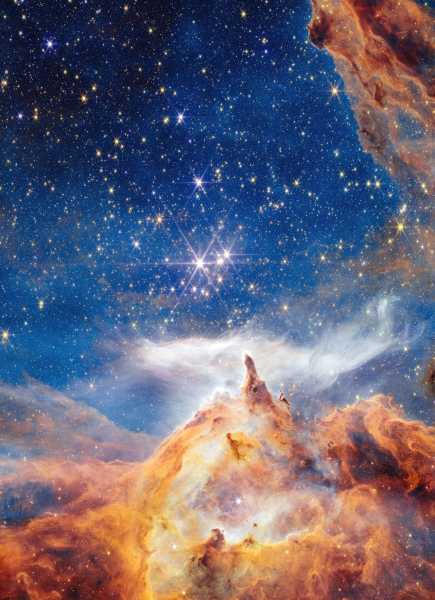
A view of a young star cluster 5,500 light-years from the Solar System, taken by the James Webb Space Telescope.
It's a self-sustaining hotbed, but there's nothing unusual about the stars in Pismis 24, which are among the most massive stars known in the galaxy. The brightest star in the cluster, Pismis 24-1, was once thought to be a single star with a mass of between 200 and 300 suns. That's nearly twice the generally accepted upper mass limit for stars.
However, in 2006, the Hubble Space Telescope discovered that Pismis 24-1 is actually at least two separate stars orbiting each other. The two stars have masses of 74 and 66 solar masses, respectively, making them among the most massive and luminous stars in the Milky Way. Their intense ultraviolet radiation and stellar winds created this dusty landscape, captured in infrared by the JWST Near Infrared Camera.
MORE SPACE PHOTOS
— The James Webb Telescope discovers a deformed 'butterfly star' shedding its chrysalis.
— The world's first photograph of the Earth from the Moon, taken 59 years ago.
— The longest canyon in the solar system reveals new secrets
Like all JWST images, there’s a color code you need to understand before you can fully appreciate what you’re seeing. Astronomers assign different color filters to different wavelengths of light: blue is hot, ionized hydrogen; orange is dust; deep red is cooler, denser hydrogen; and white is starlight scattered by dust. The darker, black areas show gas and dust so dense that even JWST’s infrared detectors can’t penetrate them.
For more amazing space photos, check out our Space Photos of the Week archive.
TOPICS James Webb Space Telescope Space Photo of the Week

Jamie Carter, Social Link Navigator, Live Science Contributor
Jamie Carter is a freelance journalist and regular Live Science contributor based in Cardiff, UK. He is the author of The Beginner's Guide to Stargazing and lectures on astronomy and nature. Jamie writes regularly for Space.com, TechRadar.com, Forbes Science, BBC Wildlife magazine, Scientific American and many other publications. He edits WhenIsTheNextEclipse.com.
You must verify your public display name before commenting.
Please log out and log back in. You will then be prompted to enter a display name.
Exit Read more
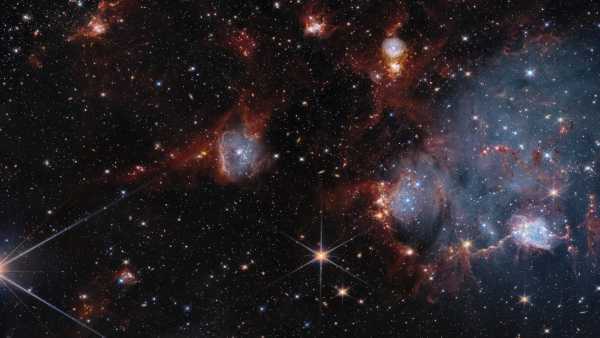
James Webb and Hubble Join Forces to Probe Cosmic Hotbed: Space Photo of the Week
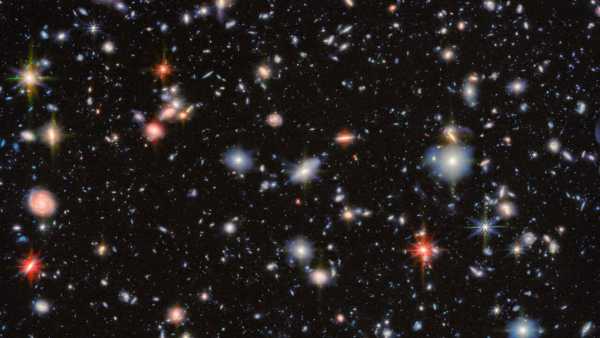
James Webb Telescope Takes One of the Deepest Images of the Universe — Space Photo of the Week
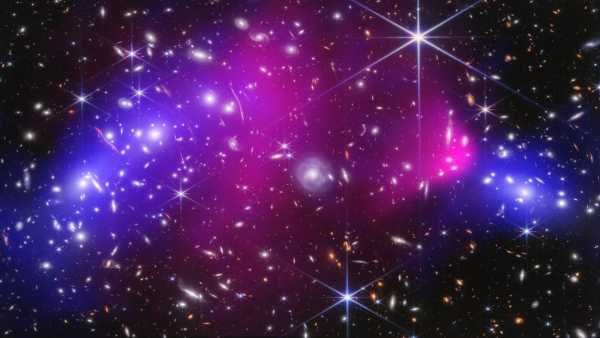
James Webb Discovers Mind-Blowing Galaxies in Bullet Cluster: Space Photo of the Week
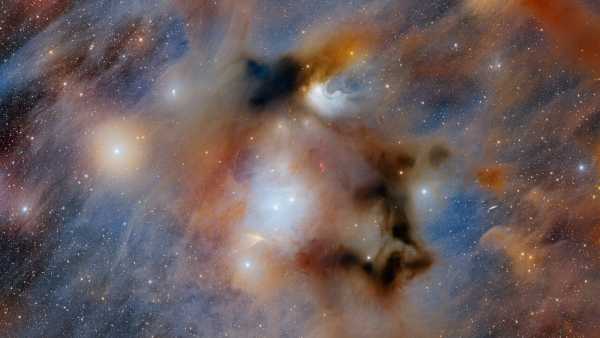
Ominous 'Chameleon' Hides Stellar Secret: Space Photo of the Week
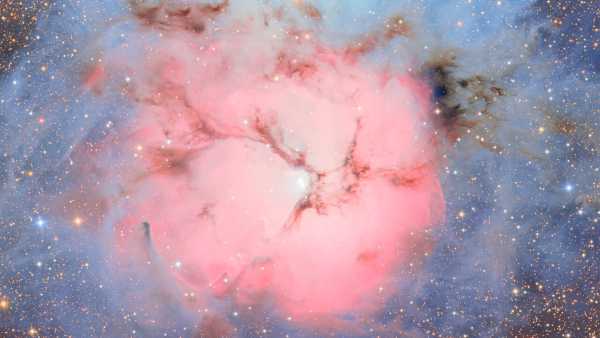
Cotton Candy Nebula Glows in First Close-Up Image from Vera K. Rubin Observatory: Space Photo of the Week
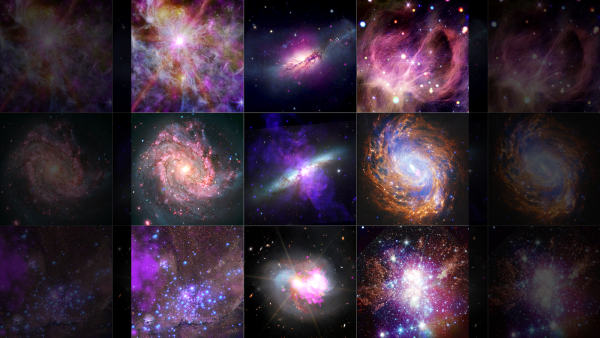
NASA Releases 9 Stunning X-Ray Images of Space: Space Photo of the Week
Latest Astronomy News
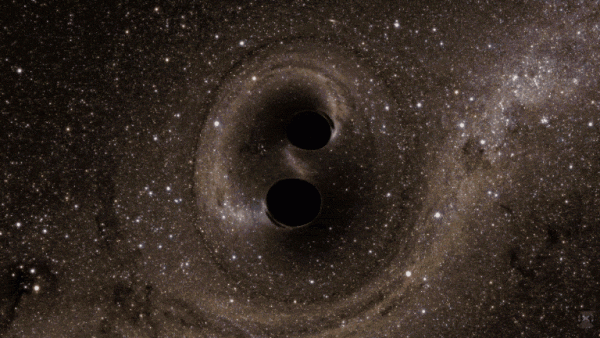
History of Science: Gravitational Waves Discovered Proving Einstein Right – September 14, 2015
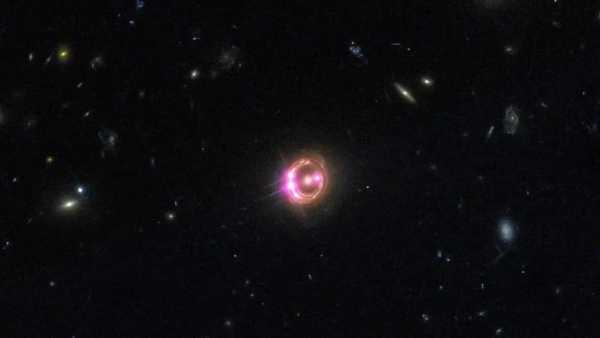
Astronomers use rare 'double zoom' to see black hole's corona in unprecedented detail
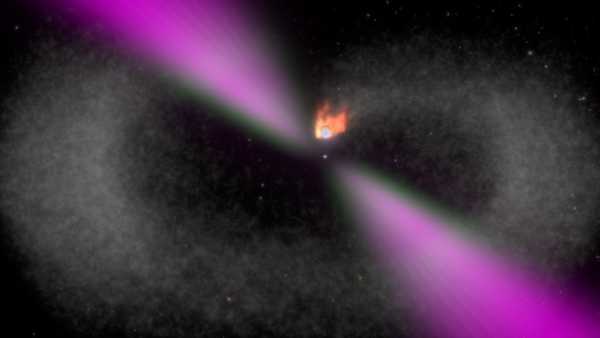
JWST discovers planet with all-carbon atmosphere orbiting 'black widow' star
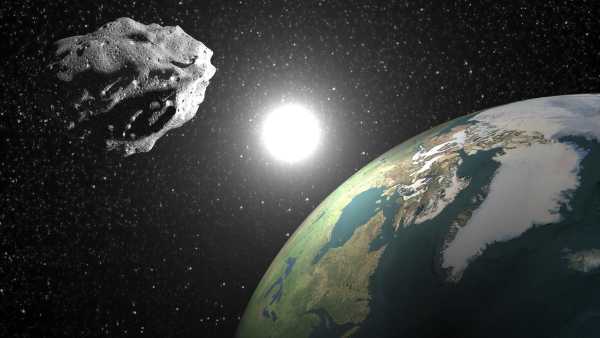
New 'quasi-moon' discovered in near-Earth orbit that may have been hidden there for decades
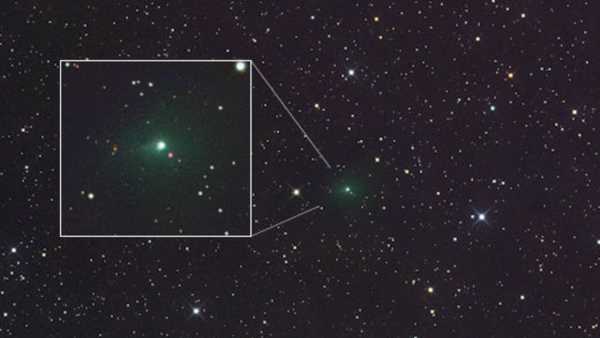
Stunning new photos show interstellar comet 3I/ATLAS may be turning bright green
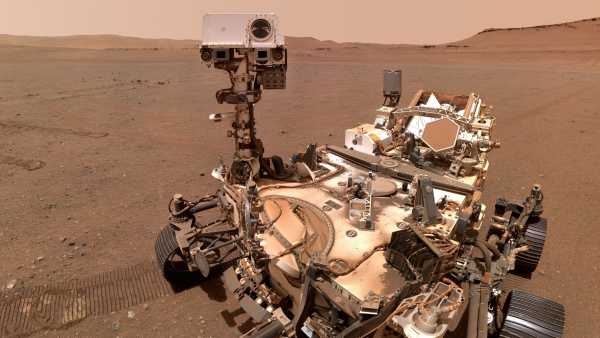
'Incredibly exciting': NASA claims to have found 'clearest sign' of past life on Mars
Latest Features
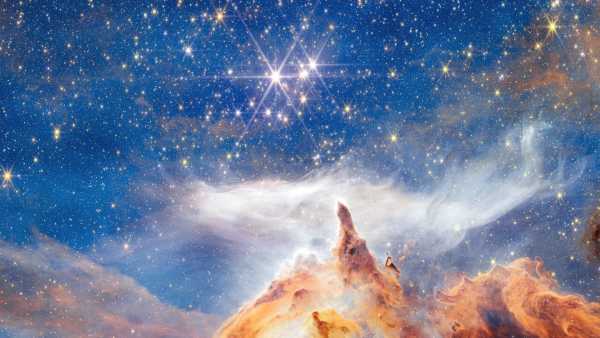
James Webb's 'Starry Mountaintop' Could Be Observatory's Best Image to Date – Space Photo of the Week
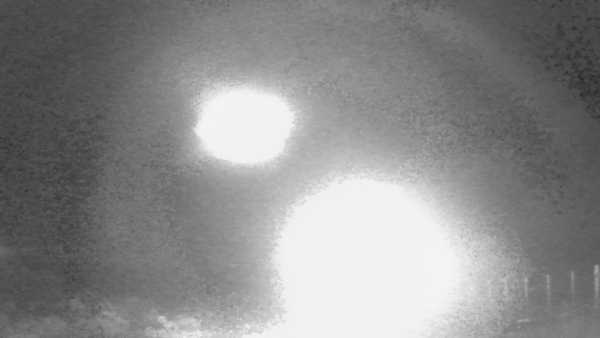
A camera trap in Chile has captured strange lights flashing in the wild. Researchers are trying to explain them.
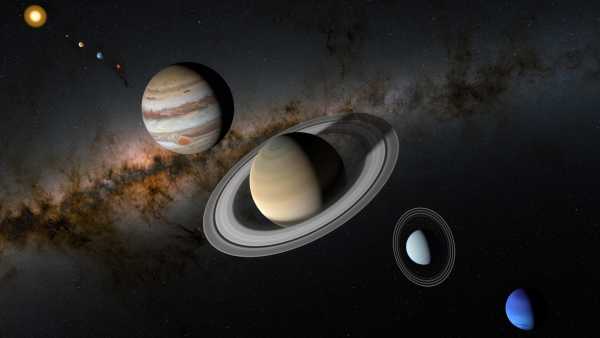
Where in our solar system could alien life exist?
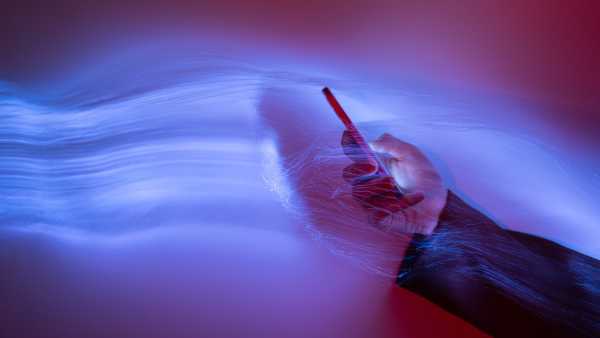
Why do AI chatbots consume so much energy?
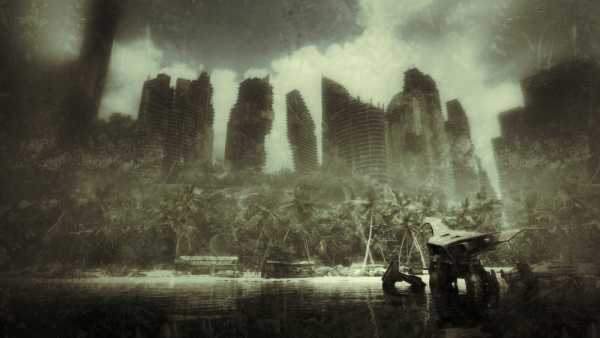
Climate action faces a new threat: pessimists who believe it is too late to act
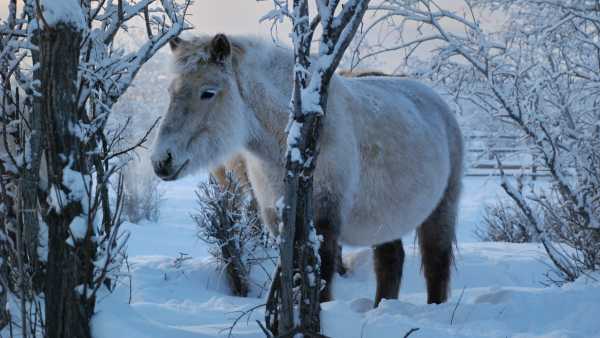
How the Secret of the Origin of the Little Hairy Yakut Horses Was Revealed in the Siberian “Gateway to the Underworld”
LATEST ARTICLES
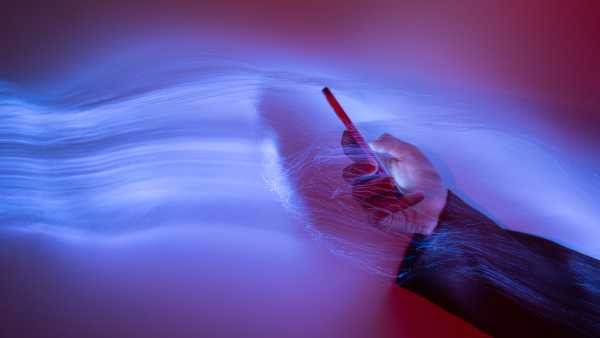
1Why do AI chatbots consume so much energy?
Live Science is part of Future US Inc., an international media group and leading digital publisher. Visit our corporate website.
- About Us
- Contact Future experts
- Terms and Conditions
- Privacy Policy
- Cookie Policy
- Accessibility Statement
- Advertise with us
- Web Notifications
- Career
- Editorial Standards
- How to present history to us
© Future US, Inc. Full 7th Floor, 130 West 42nd Street, New York, NY 10036.
var dfp_config = { “site_platform”: “vanilla”, “keywords”: “type-regular,serversidehawk,videoarticle,van-enable-adviser-
Sourse: www.livescience.com



